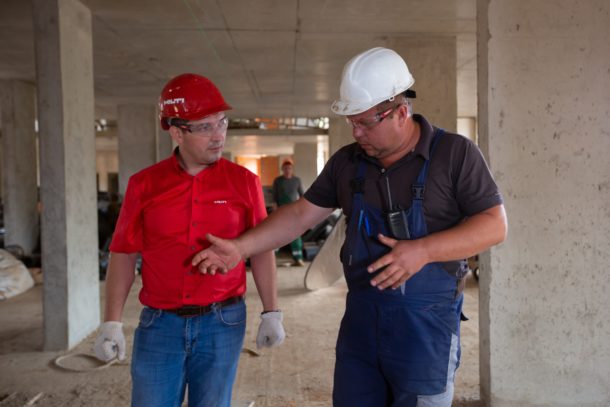When it comes to building up a better construction business, it’s going to be more than just your team, your marketing, and the tech you use. One thing that seems to be overlooked (in any business, really) is leadership. Yes, you read that right, the leadership. You have to keep in mind that this industry is basically where every project brings its own set of challenges and opportunities; understanding the difference between management and leadership is key.

That’s the problem mostly: thinking that management and leadership are the same. Sure, both roles are vital, but it’s leadership that truly transforms a construction business, steering it toward long-term success. Here’s a closer look at why excellent leadership is helpful and essential in construction.
It Goes Beyond Day to Day Management
But what exactly is the difference? It’s understandable how anyone could get confused, but the best way to differentiate would be the fact that management in construction focuses on the essentials: planning, budgeting, organizing, and solving problems to make sure projects are completed on time, within budget, and to specification. By all means, these are incredibly important to the success of a project and a business, but these aren’t the only things either. Leadership dives deeper. It injects vision into the project, motivates teams, and creates an environment where innovation and efficiency can flourish.
When it comes to leadership, it’s like this instinct (rather than a checklist), and the training is different, too; you’d get foreman training for better leadership- something that management wouldn’t get. Again, there are similarities between the two, but they are not the same in the slightest. The roles are different. However, a manager can still be a good leader, too- you can have both in one person.
Providing Vision
Leaders in construction do more than just manage the details—they set the direction and inspire their teams. It’s all about how they communicate, and they’re the ones who’ll help steer the organization in the right direction- which then helps everyone see how their efforts contribute to larger goals. It’s about the bigger picture, where management focuses more on the smaller picture, which then helps create that bigger picture.
Leading Through Changes
It’s pretty obvious at this point that change is constantly prevalent in construction. It’s driven by new technologies, regulatory changes, and evolving market needs. With all of these changes, leaders are needed because they’re the ones who are navigating this ever-changing landscape. They stay ahead of industry trends, prepare their teams for transitions, and manage risks effectively.
But on top of that, their proactive approach ensures that the business not only adapts but thrives in changing conditions. There are only going to be keep changes, they’re leading the changes while the managers help guide during these changes.
Empowerment
Managers aren’t exactly known for their empowerment, they don’t have that magic touch that a leader does when it comes to empowerment. While managers focus on ensuring rules are followed, leaders focus on empowerment. Great leadership involves recognizing the potential in each team member and providing them with the tools and opportunities they need to excel. By far, one of the best examples would have to be mentorship- taking someone else under their wing- something that managers don’t do.




Join the conversation: